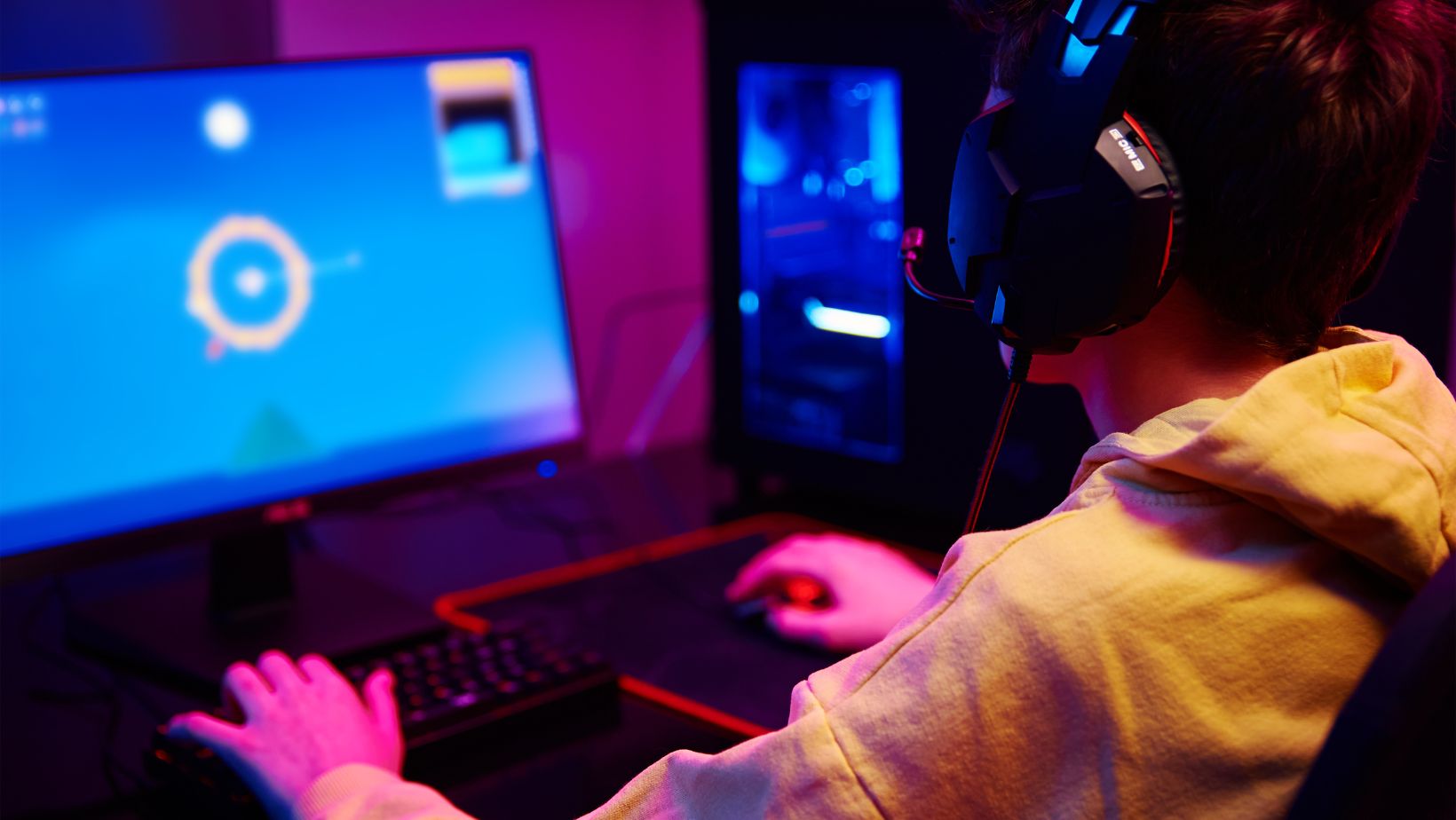
Sound design represents an artistic process that transforms and generates audio elements to establish a particular atmosphere. Various types of background noises fall under this scope.
Let’s dive into the art of video game sound design and see how such minute details create unforgettable worlds. Slotsgem is the perfect online game example of this, as each turn of the handle and jackpot creates a satisfying and unbeatable feeling of fun!
What Is Sound Design?
Sound design is the process of producing and manipulating audio to enhance an atmosphere or storytelling. This includes everything from far-away sounds, voices, footsteps, and even the rustling of leaves. If done well, it makes you feel like you’re inside the world, while bad editing can break the immersion.
The Role of Sound
Sound plays several key roles in the creative process:

- Setting the Mood: Music and ambient sounds set the tone for the game. A creepy soundtrack can make a thriller terrifying, while upbeat music can make a platformer feel energetic.
- Guiding the Player: Sound can act as a guide, like how running water might lead you to a hidden path.
- Building Tension: It can create suspense, so think of the iconic Jaws theme. It’s the melody, not the shark, that makes you nervous.
The Tiny Details That Matter
Great sound design is all about the details, so here are times when small touches made a big difference:
1. Footsteps: In real life, your footsteps sound different depending on the surface. Well-made games can replicate this. Walking on wood, metal, or grass should all sound different from each other. In The Last of Us, the sound of Joel’s boots changes depending on whether he’s walking on concrete, carpet, or broken shards of material.
2. Environment: Background noises like wind, rain, or distant calls make the world feel alive. In Red Dead Redemption 2, the careful recreation of birds chirping and other such snippets makes the wilderness feel real.
3. Weapon Sounds: The sound of a gun firing or a sword swinging can make combat feel satisfying. In Call of Duty, each weapon has a distinct sound, helping users identify them even without looking.
4. Voice Acting: Solid voice acting brings this and the characters to life. Think of The Witcher 3, where Geralt’s gruff voice perfectly matches his personality. Even small aspects, like breathing or grunts during combat can achieve this.
The Tools of the Trade
A variety of tools are used to create these effects:

1. Field Recording: Designers often record real-world sounds to use, like that of a sword might be created by recording the clang of metal pipes.
2. Foley Art: Foley artists recreate everyday sounds in a studio, like walking on different surfaces to create footsteps. They might even crumple paper to mimic the sound of fire.
3. Digital Audio Workstations (DAWs): These are software programs used to edit and mix sounds, and standards include Pro Tools and Ableton Live.
4. Middleware: Tools like FMOD and Wwise help creators integrate dynamic audio that changes based on certain actions.
The Challenges
Designers face several challenges, like:
- Balancing Sounds: Too much noise can overwhelm the person, while too little can make things feel empty.
- Technical Limits: Games have limited memory and processing power. Audio additions shouldn’t slow down the mechanics.
- Cultural Variety: People in different cultures have varying ideas of associations with sounds. A creaking door creates fear in Western regions yet most parts of the world do not consider it alarming.
The entire experience is essential. Well-implemented tones can create emotions, spanning from fear to joy, sadness, and excitement.









